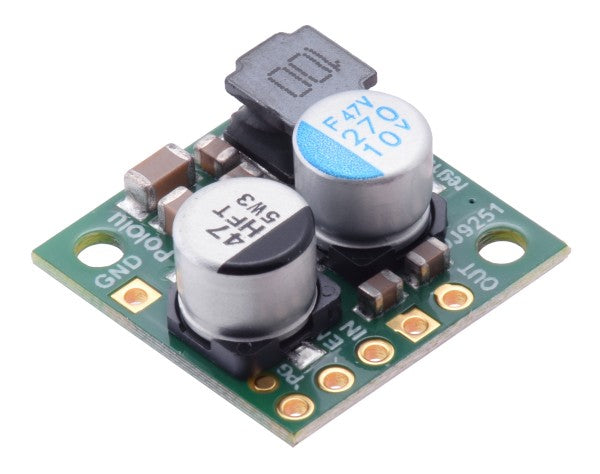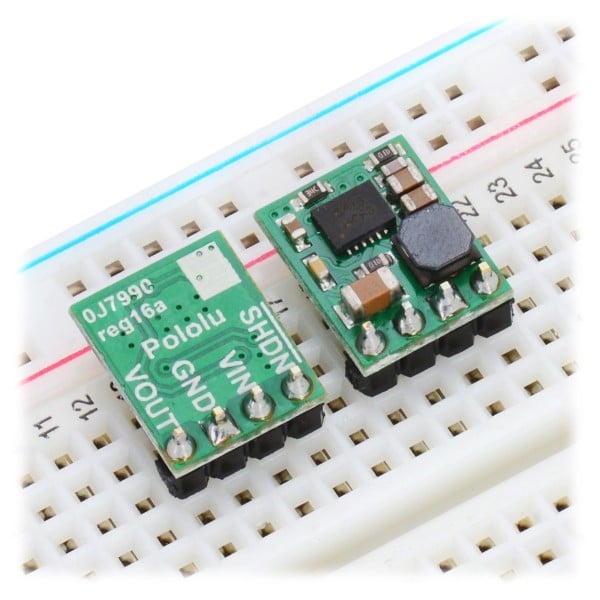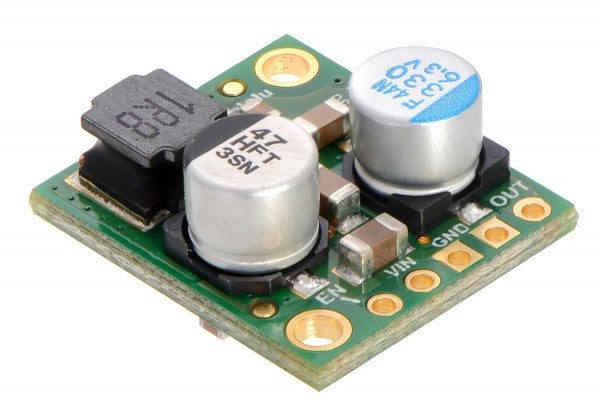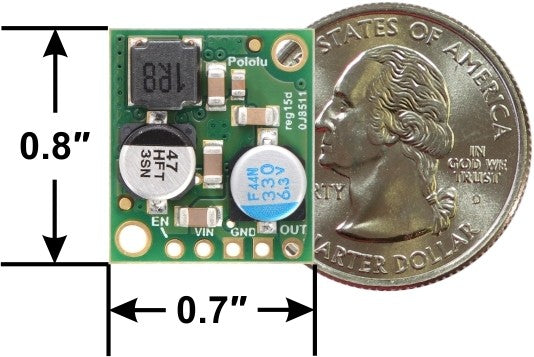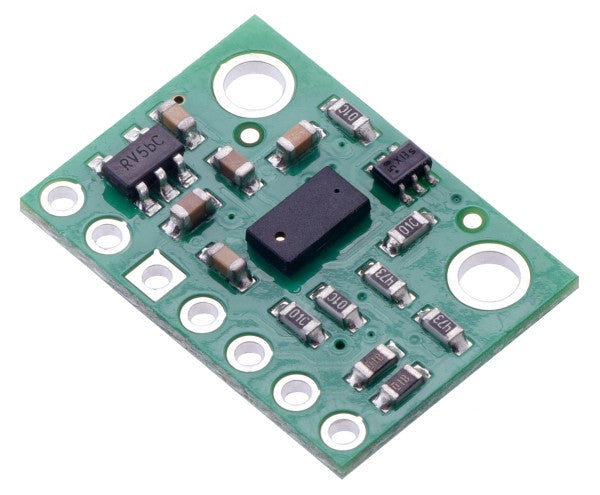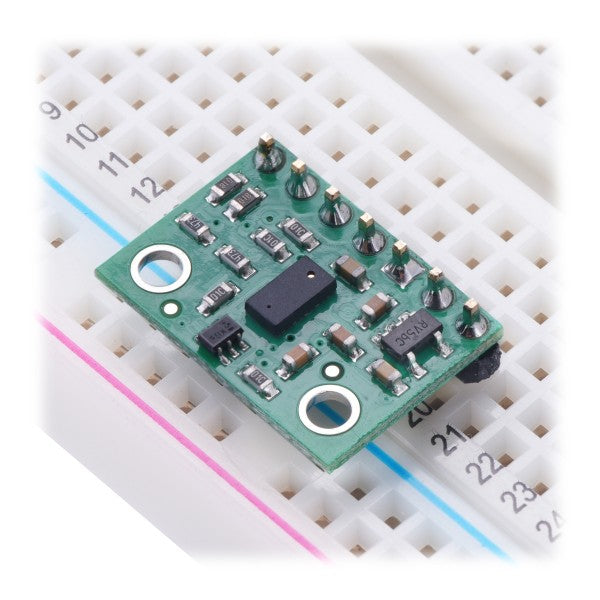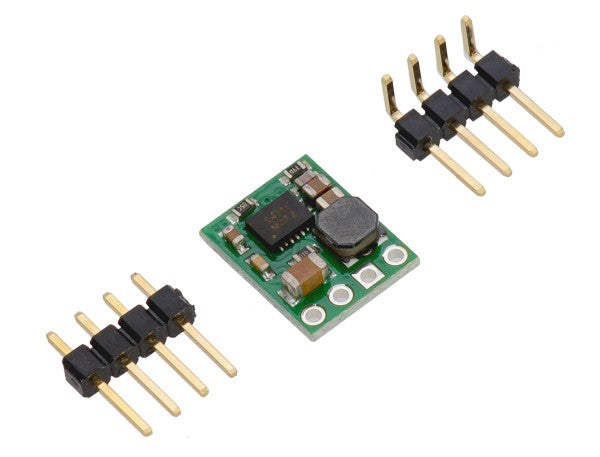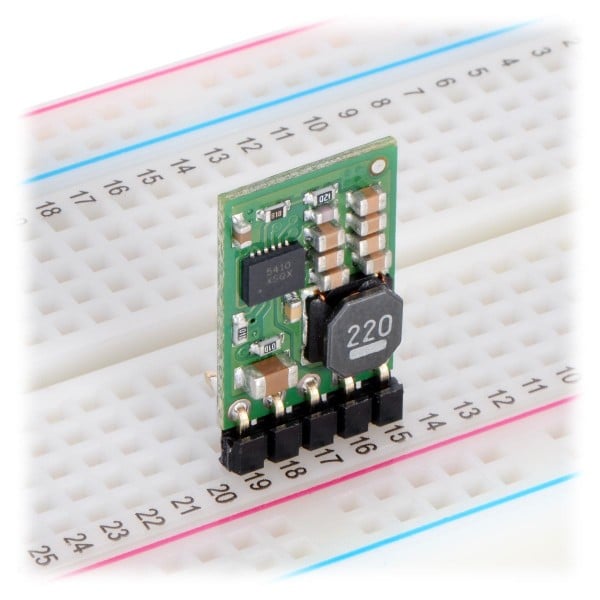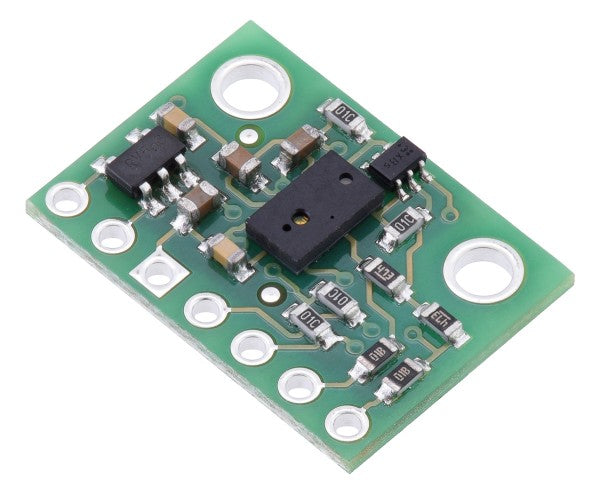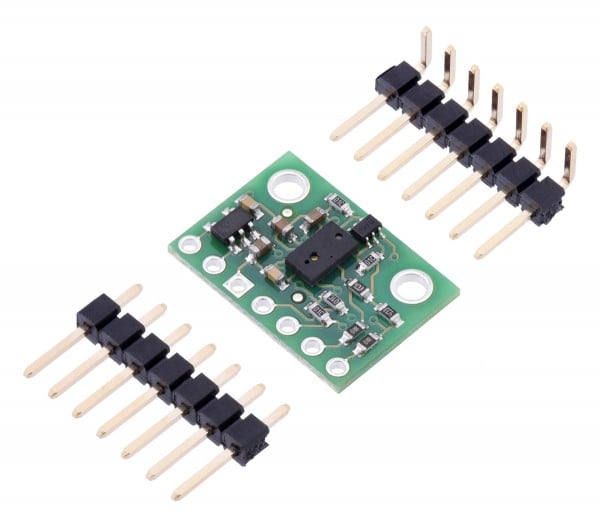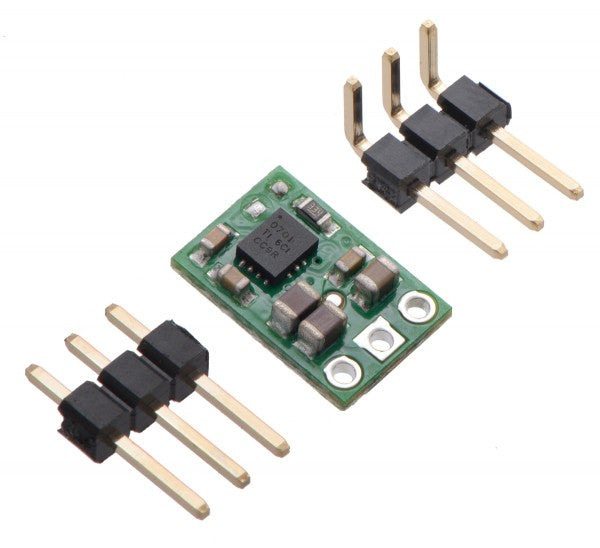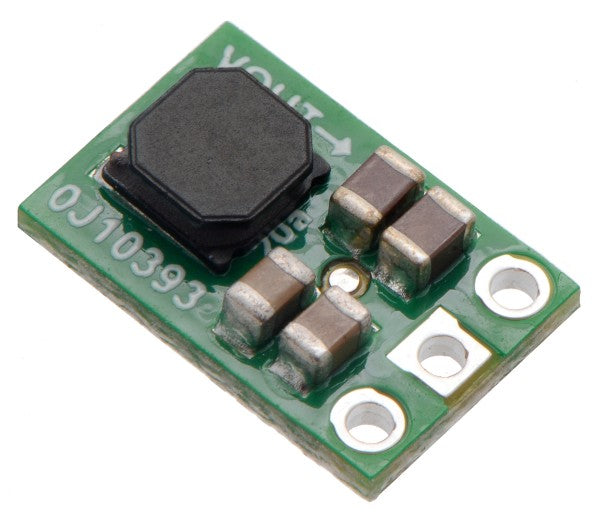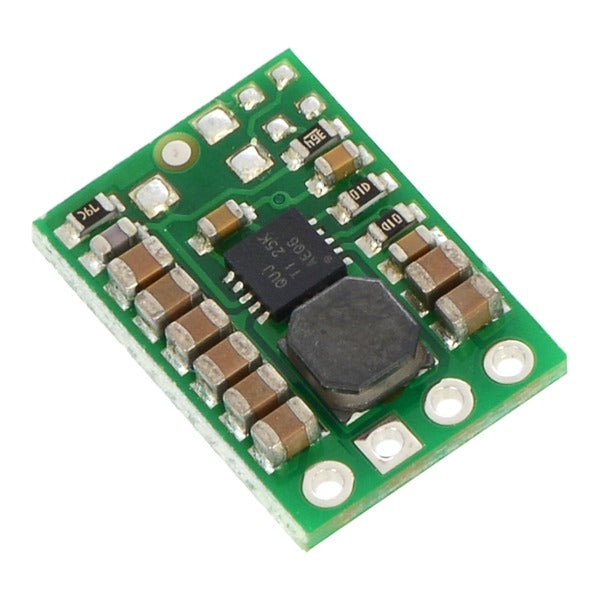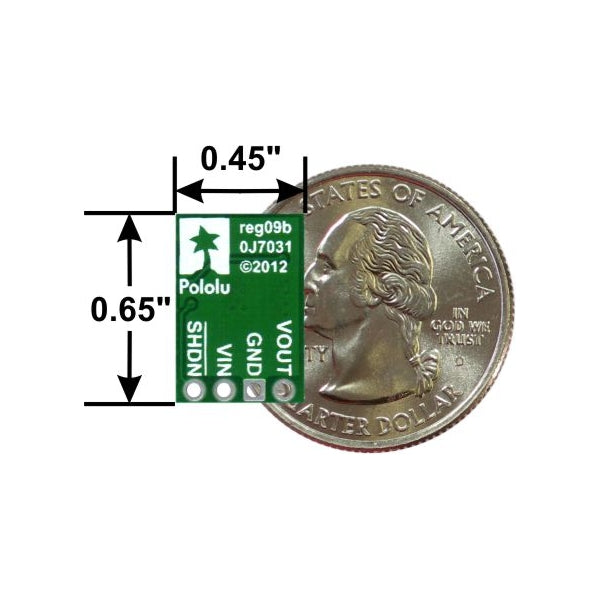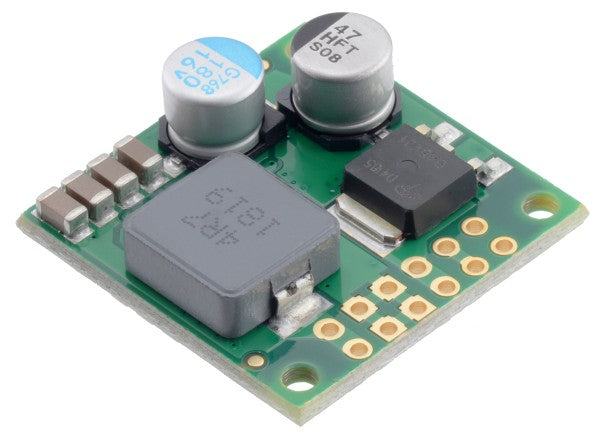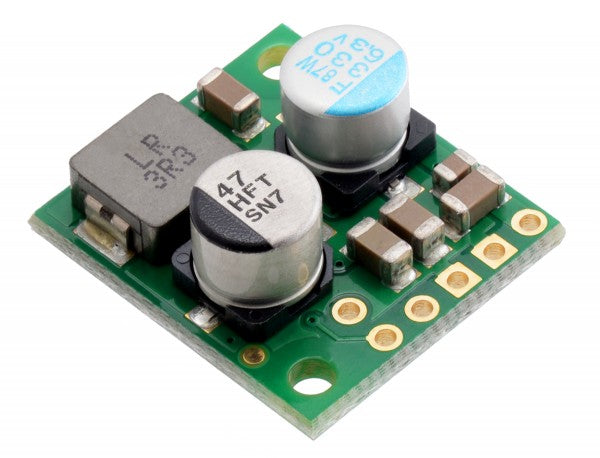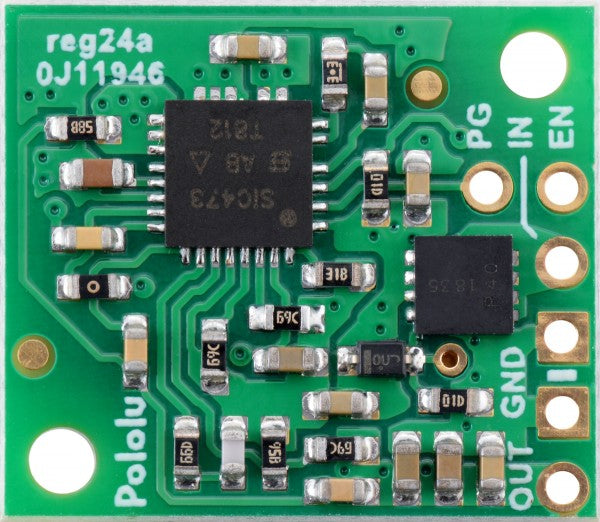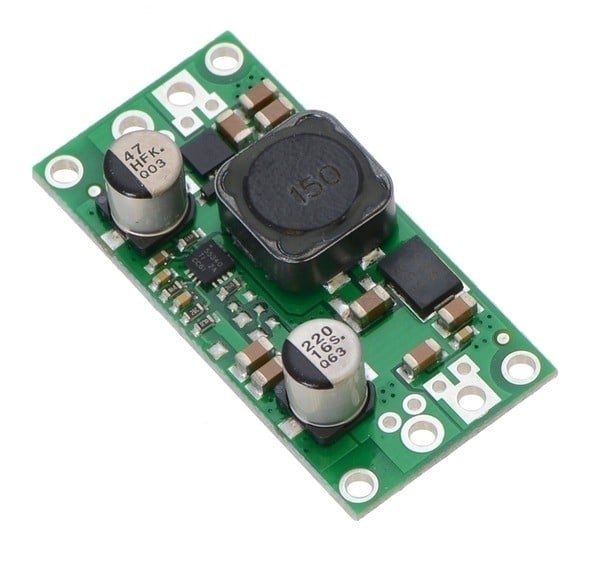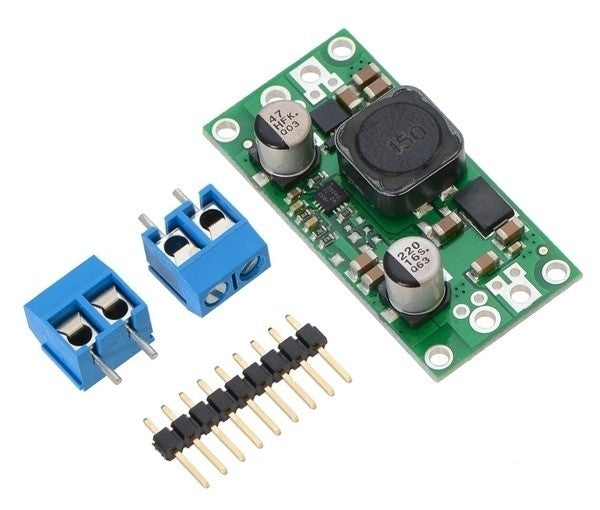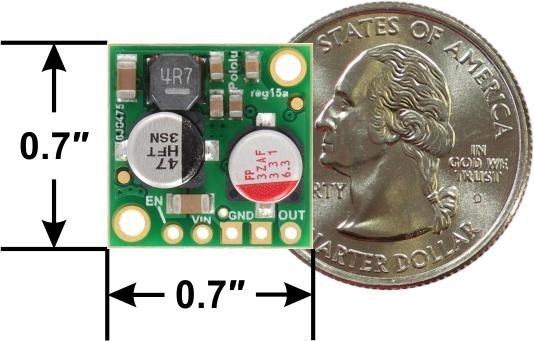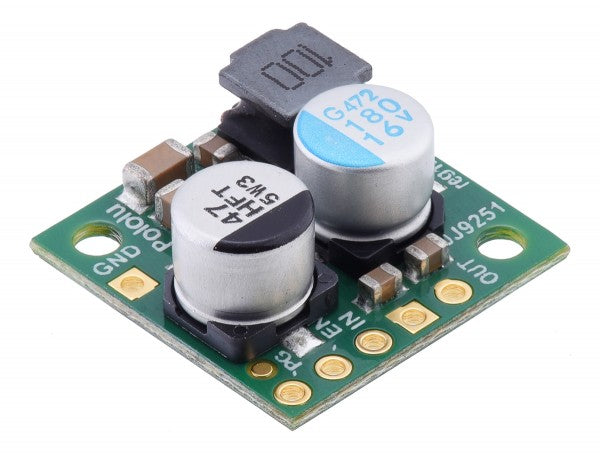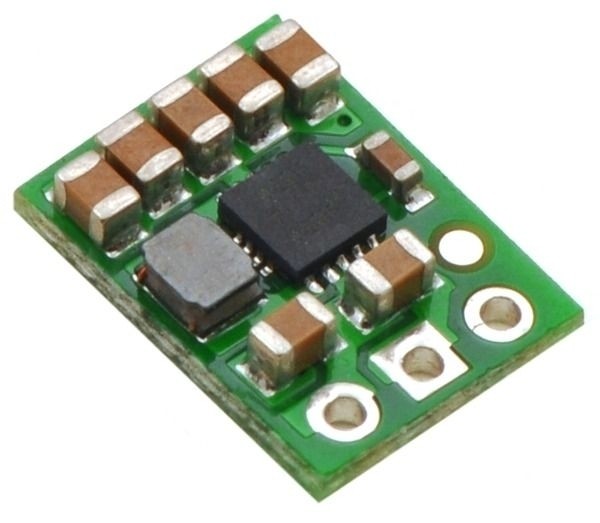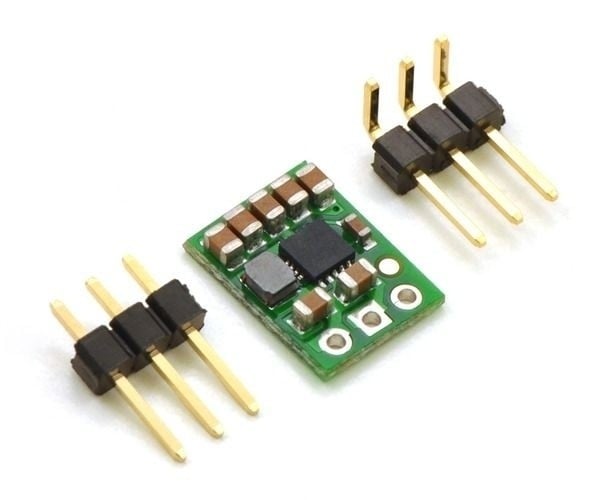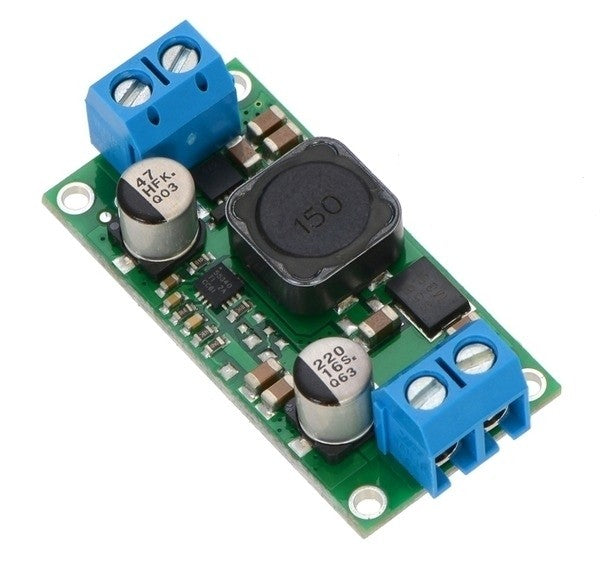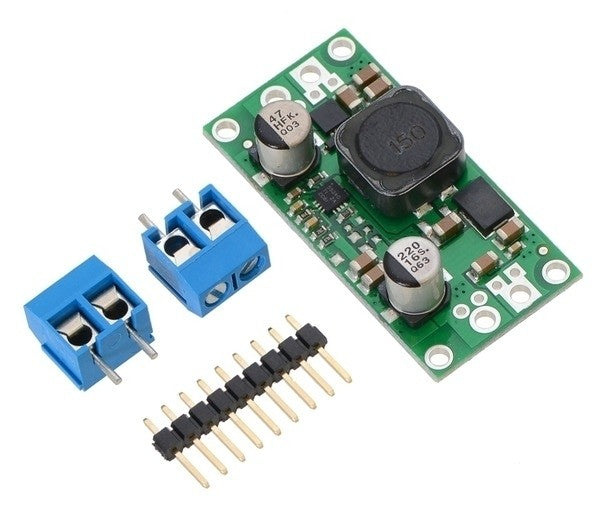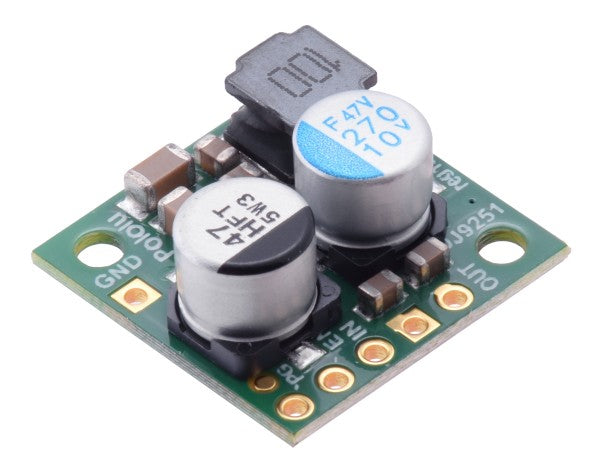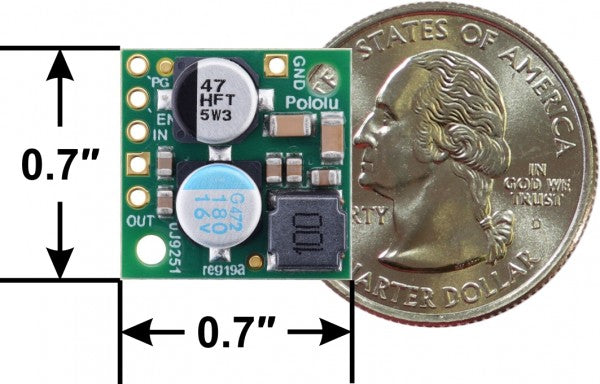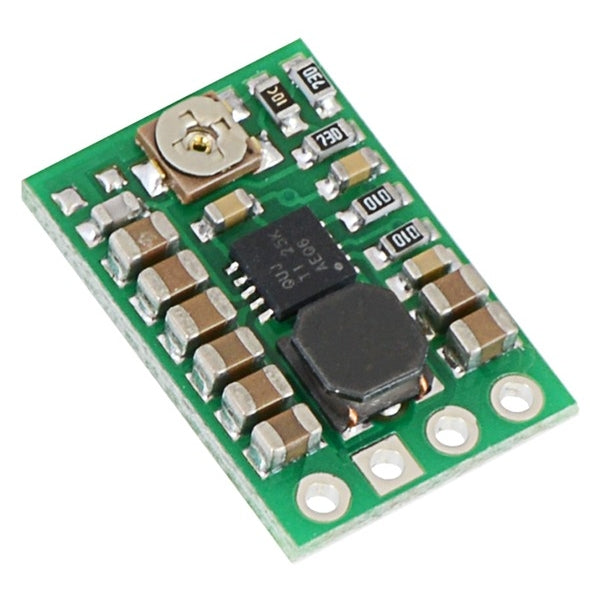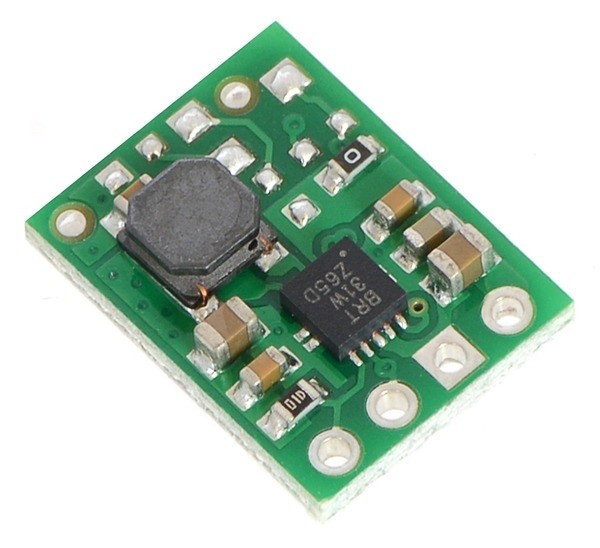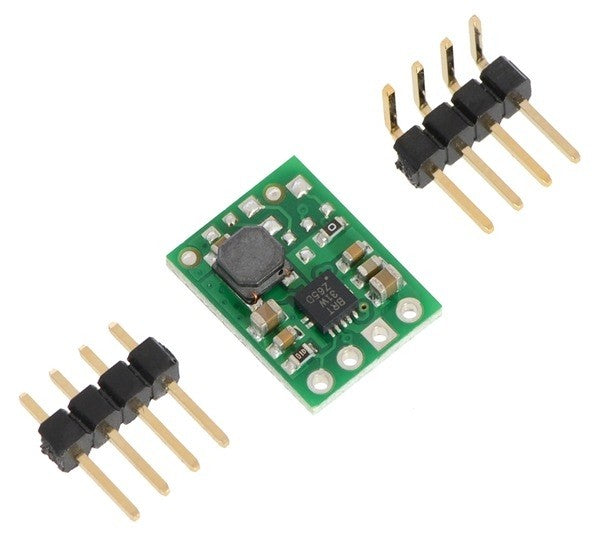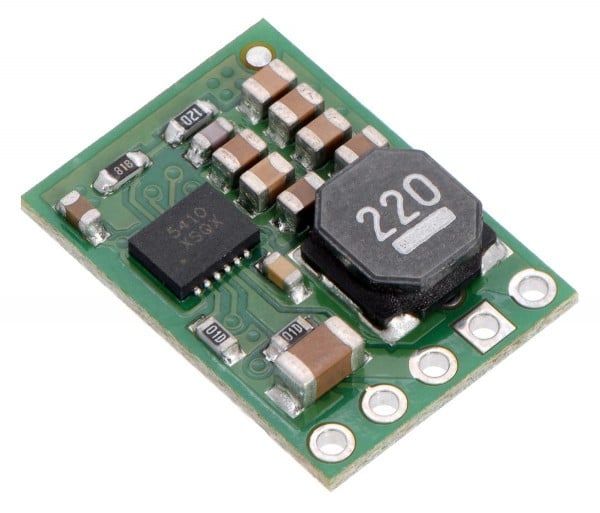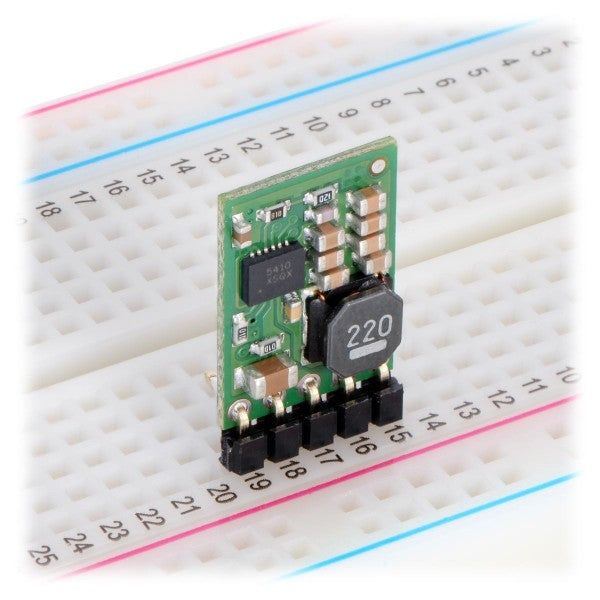Voltage regulator as a central component of electronics
These two basic types as well as step-up/step-down voltage regulators and shunt regulators are available here in the store in numerous versions. Whether you are a craft business, industrial company or ambitious hobby electronics engineer: equip yourself here with brand quality voltage regulators!
Different types of voltage regulators
The step-down voltage regulator
The step-up voltage regulator
The step-up/step-down voltage regulator
The shunt controller
Innovative switching regulators instead of linear regulators
The advantages of switching regulators at a glance:
- high efficiency
- excellent thermal output
- wide voltage difference possible
- designed for higher currents
Bear in mind that you often need additional components such as capacitors for switching regulators. Let your electrical engineering experts advise you!
Frequently asked questions about voltage regulators
Where are voltage regulators used?
These regulators can be found in numerous electronic components. Basically, they are used wherever you want to convert a specific input voltage into a constant output voltage. The range is huge: in computers and consumer electronics, for example, you use voltage regulators with low performance data, while in systems engineering you often use more powerful models.
Can I use voltage regulators with a Raspberry Pi?
This is easily possible with the corresponding models. For most voltage regulators, you will find this specific information in the product details: The manufacturers explicitly indicate whether regulators are suitable for a Raspberry Pi as a router or in another function.
How do I choose the right voltage regulator?
Numerous aspects deserve attention here. For example, it depends on which basic function the regulator is to perform. Reduce voltage, increase voltage or both? The specific performance values such as the minimum and maximum operating voltage and the maximum output current are also of interest. Also look out for extras such as overheating and short-circuit protection!

